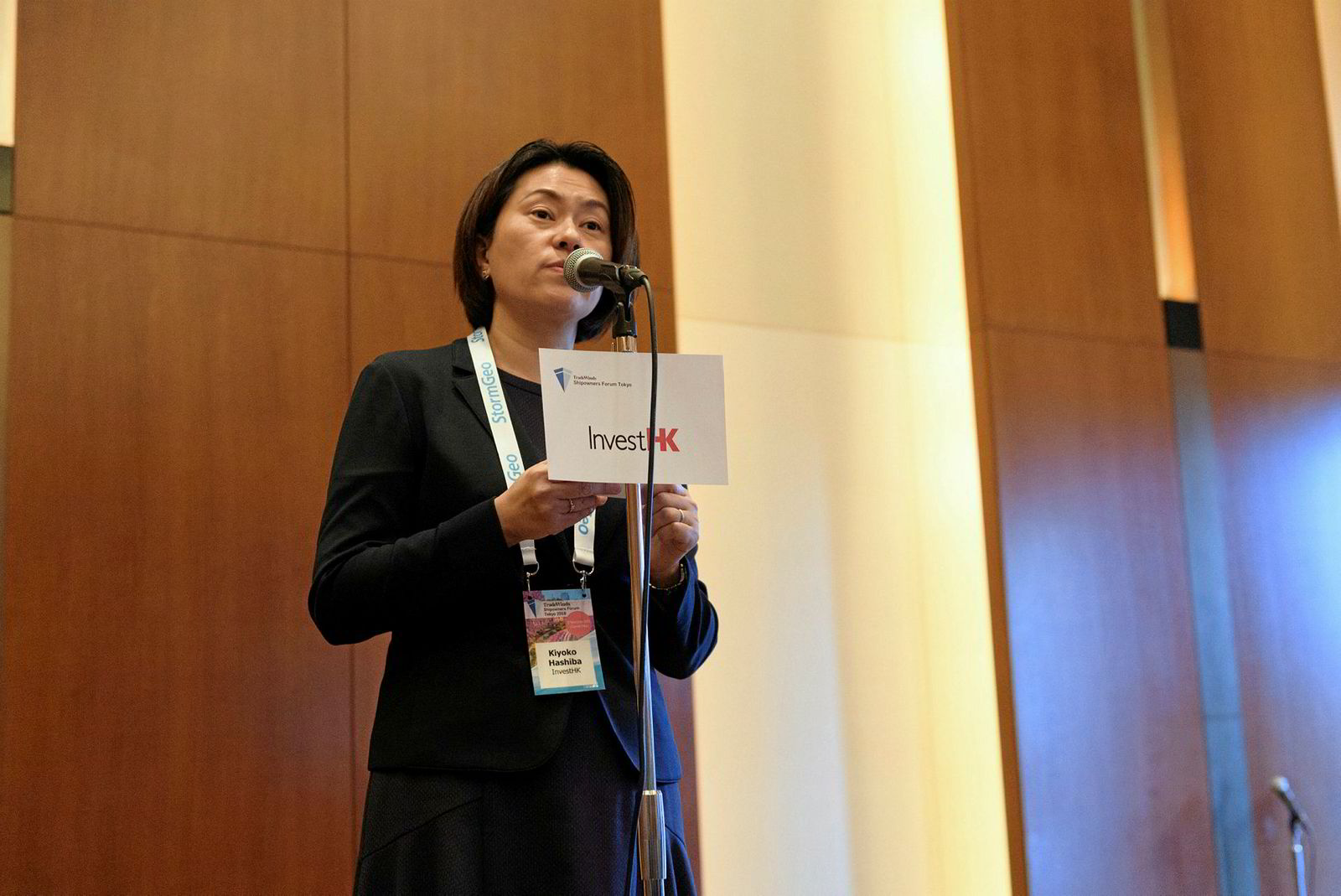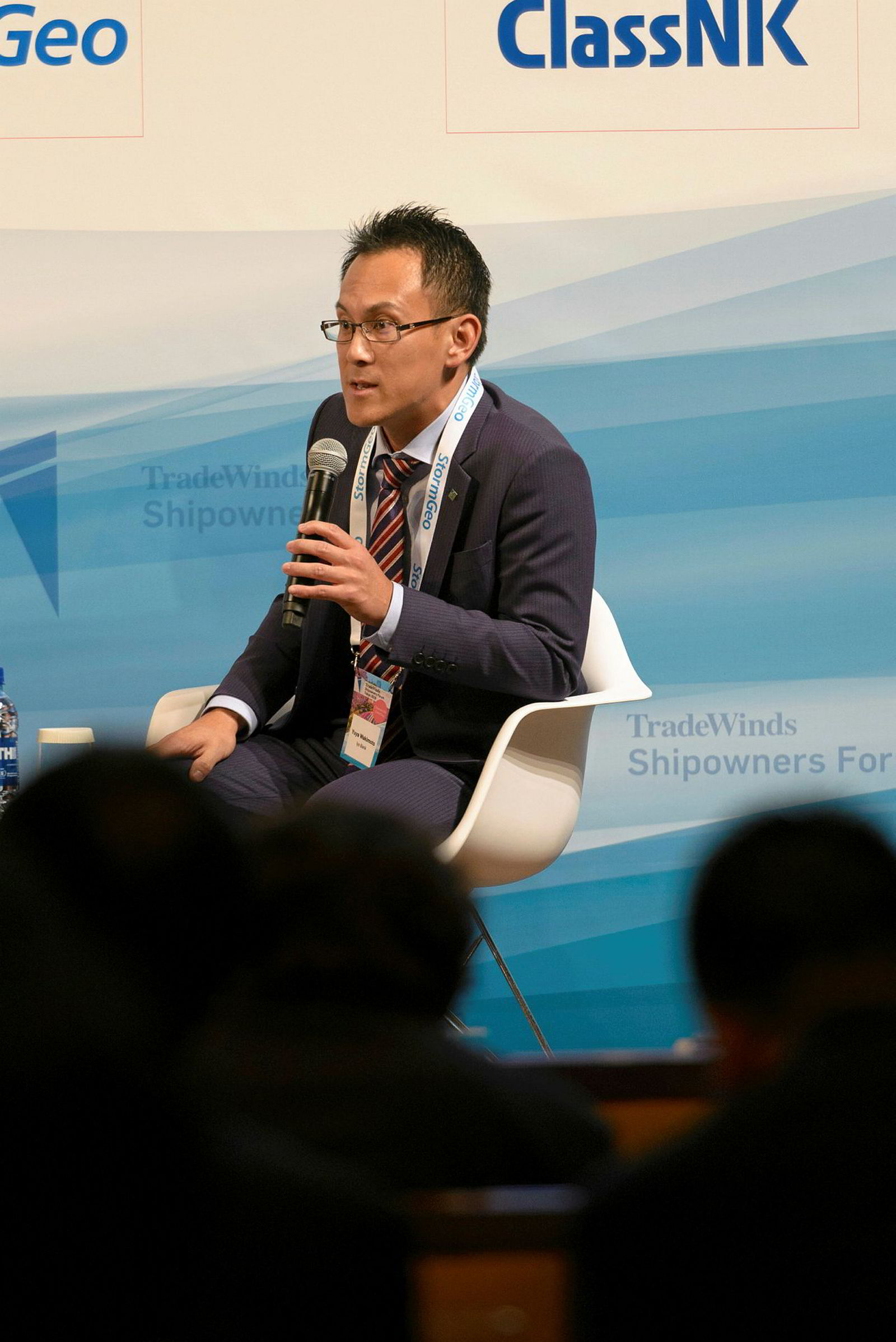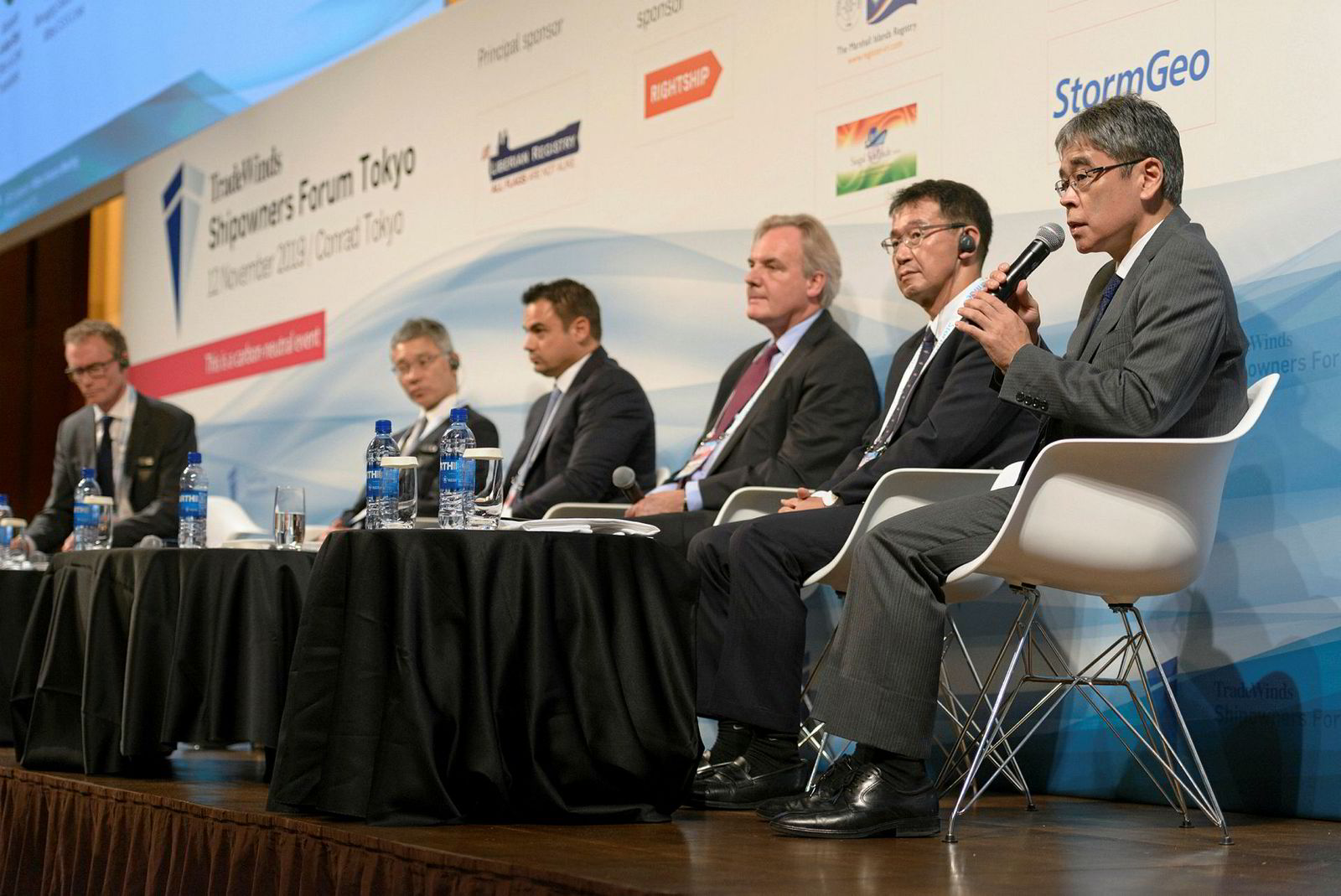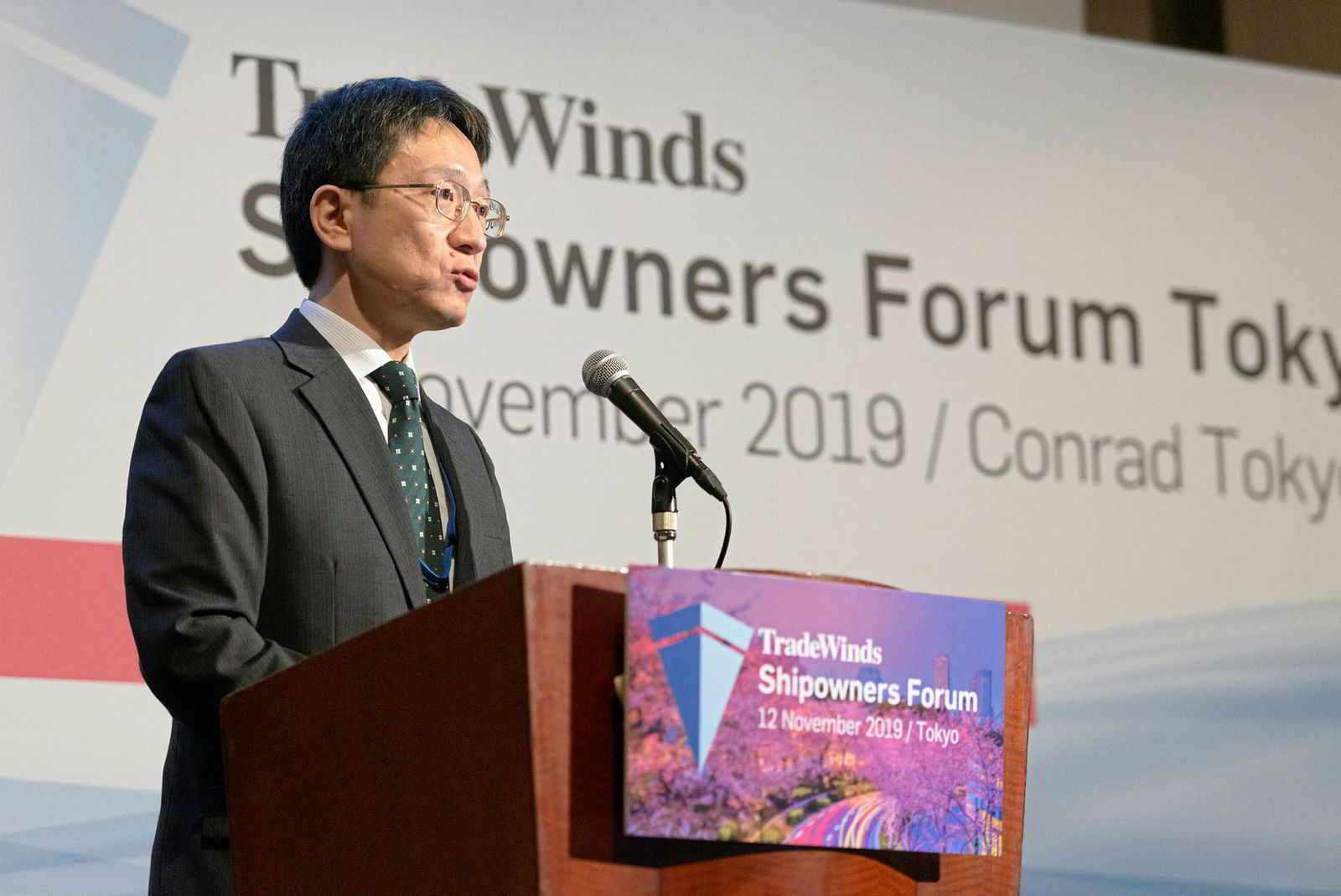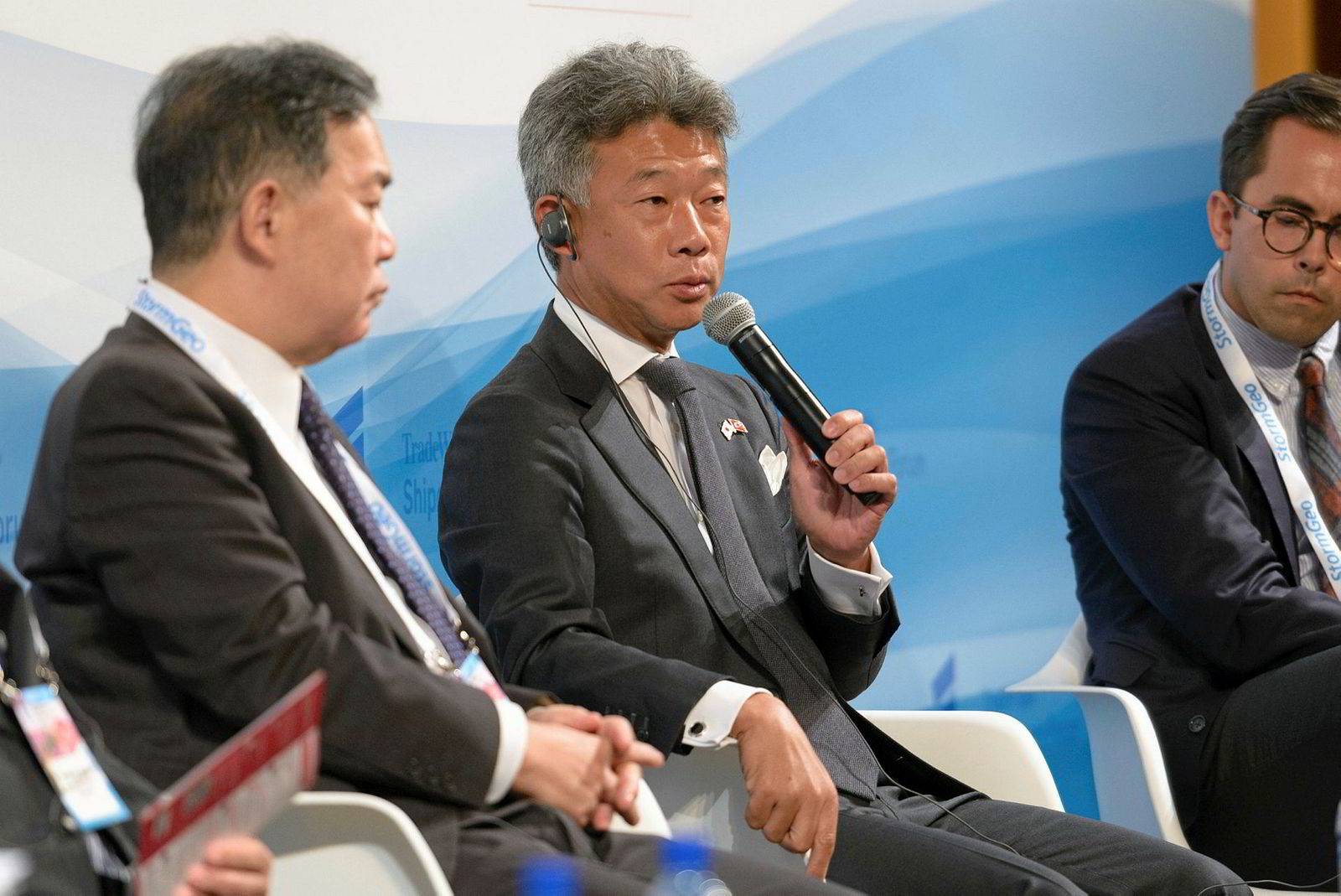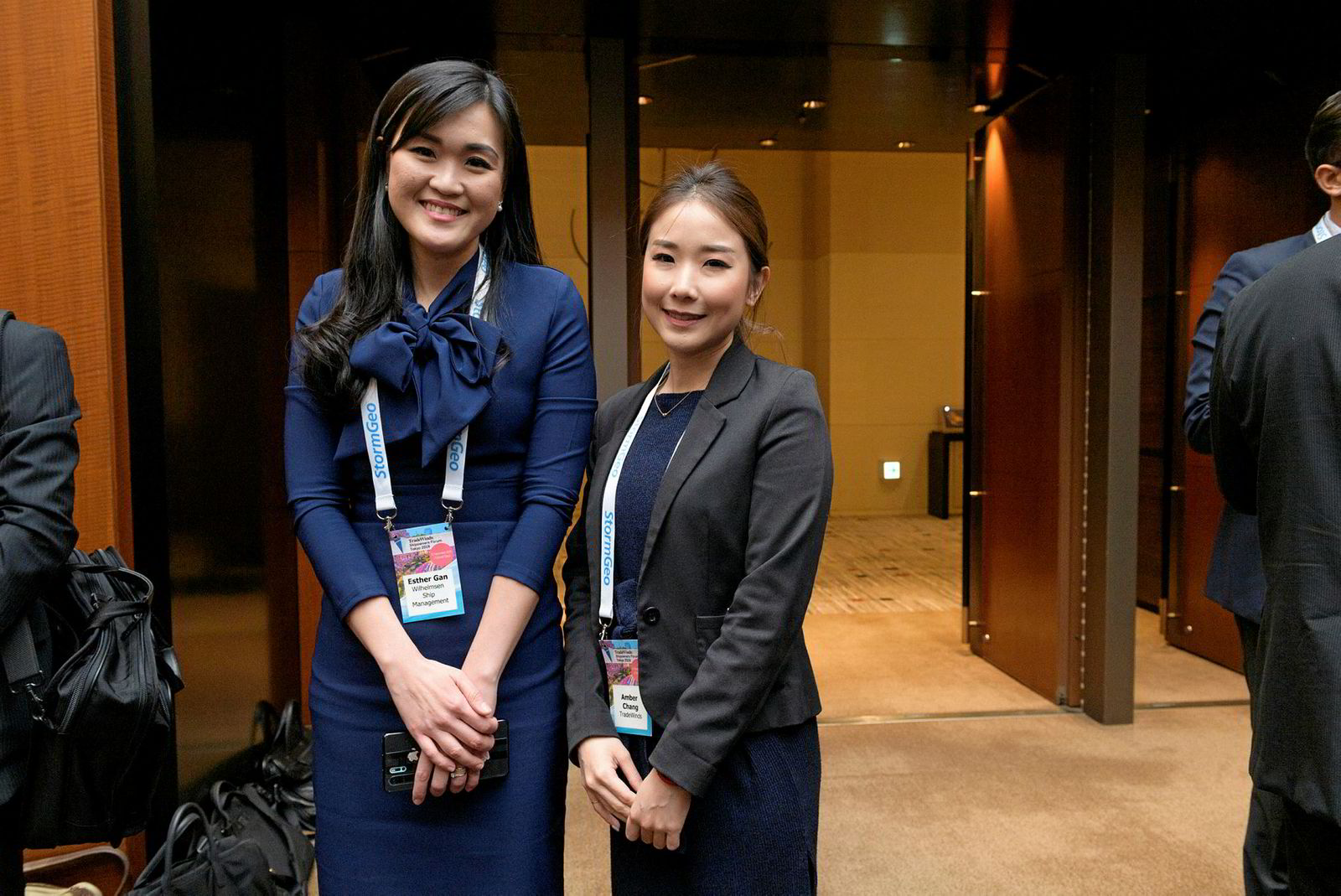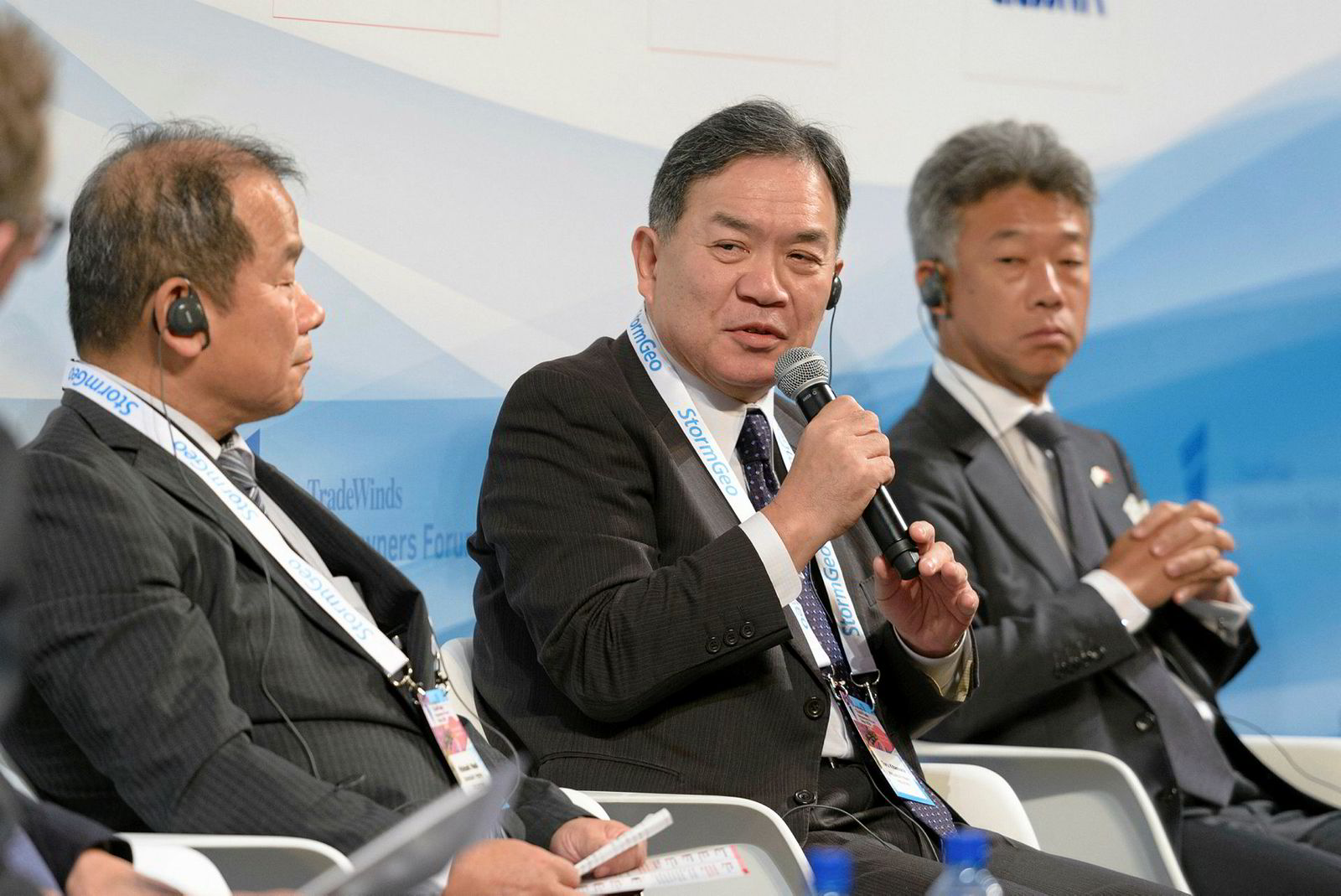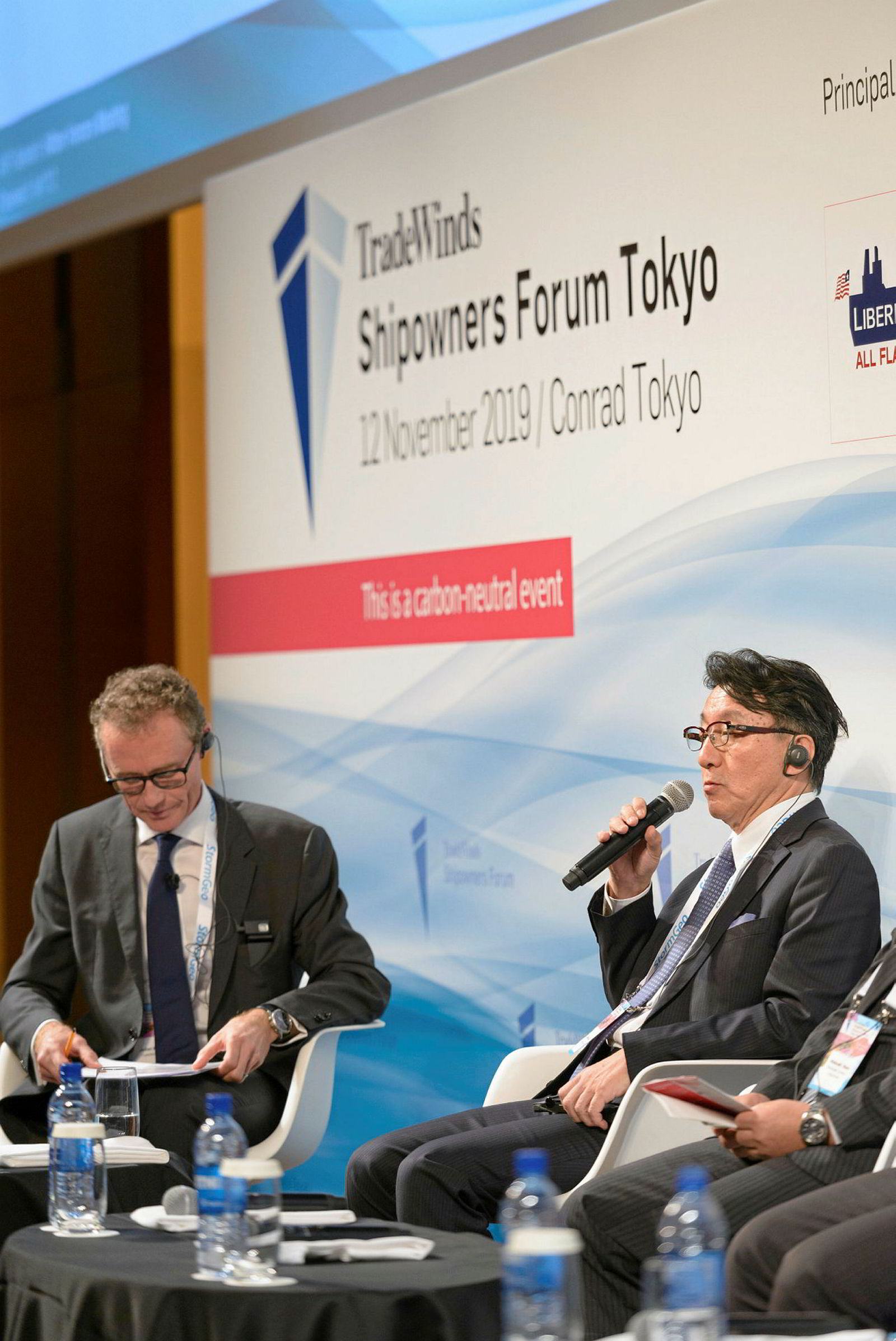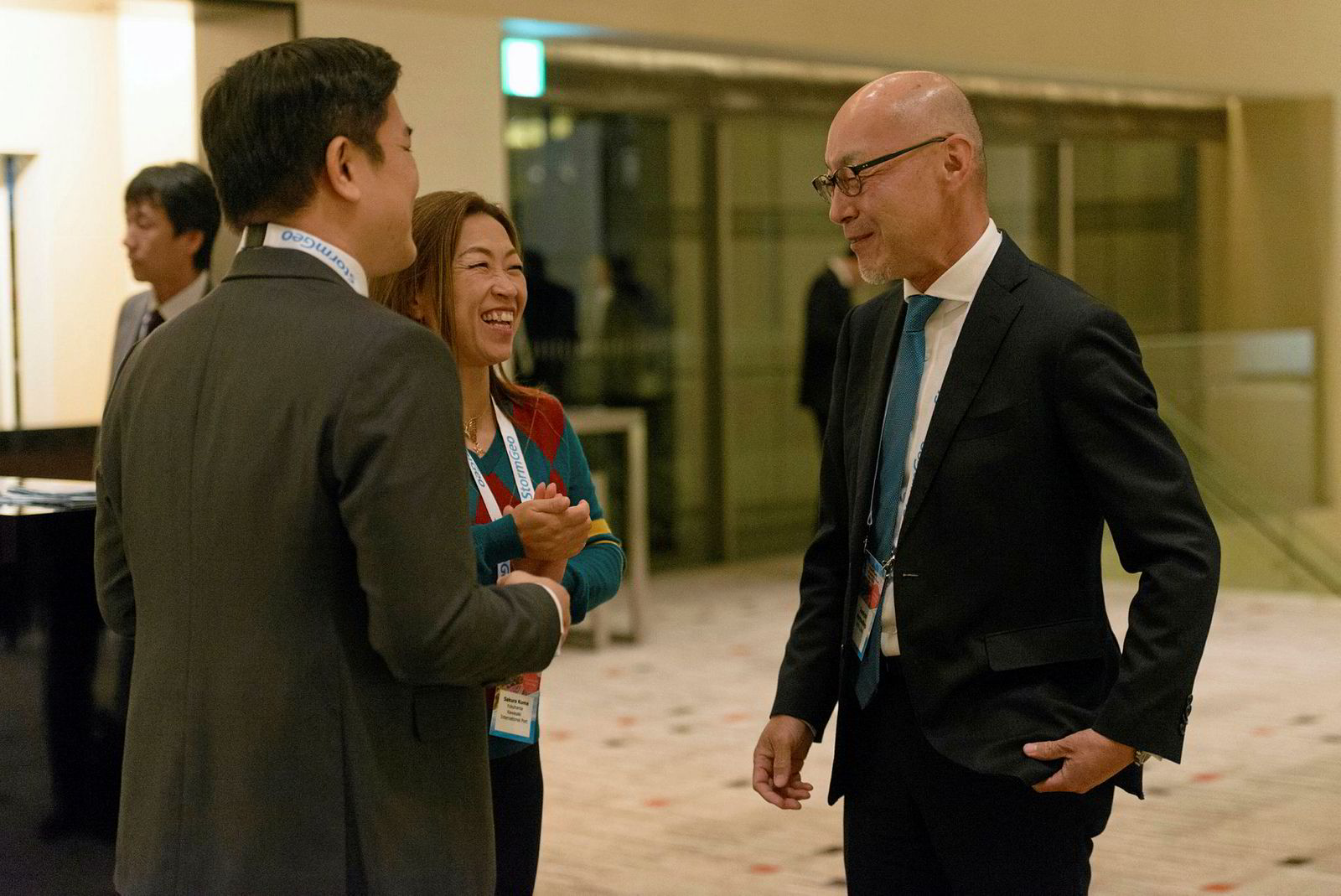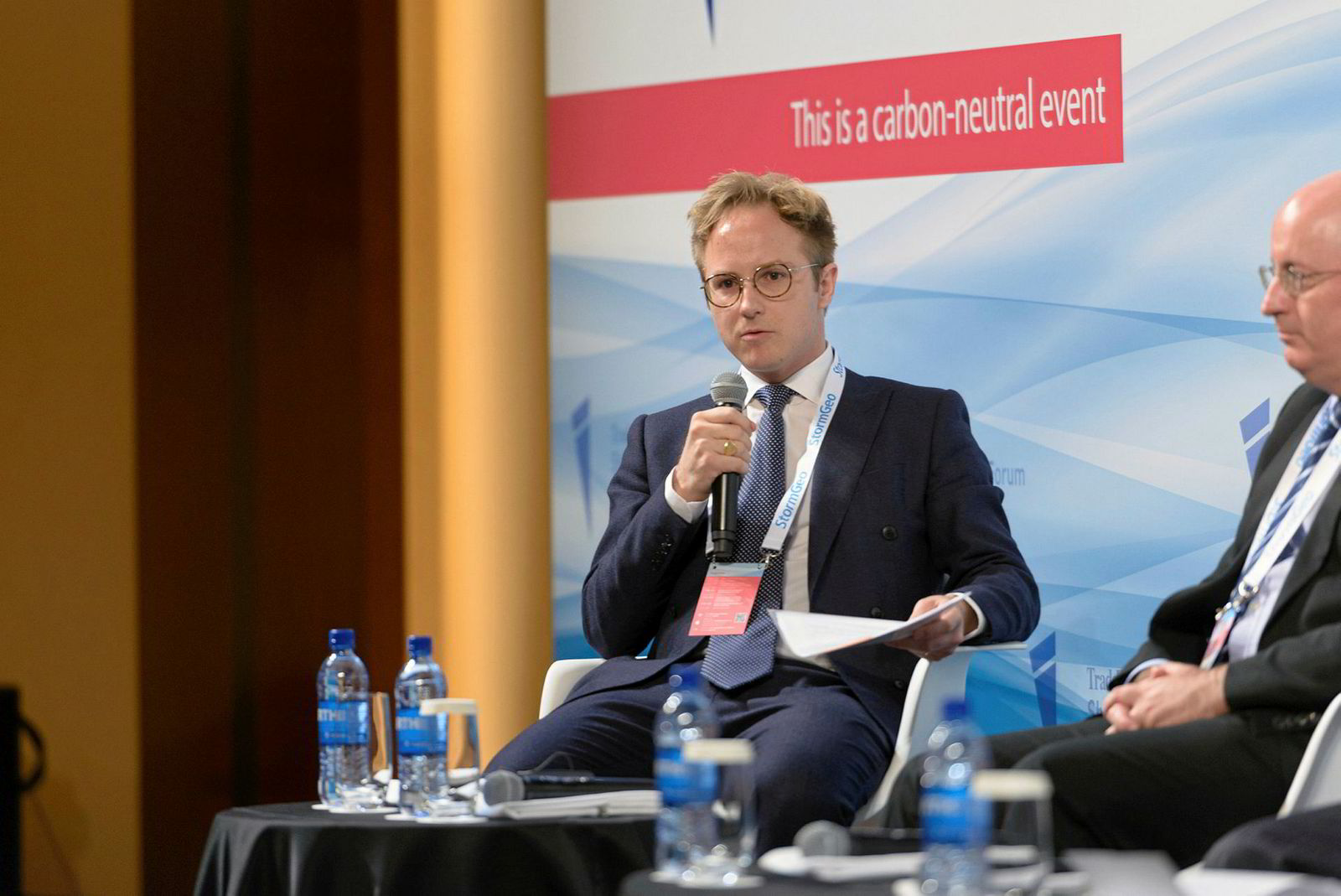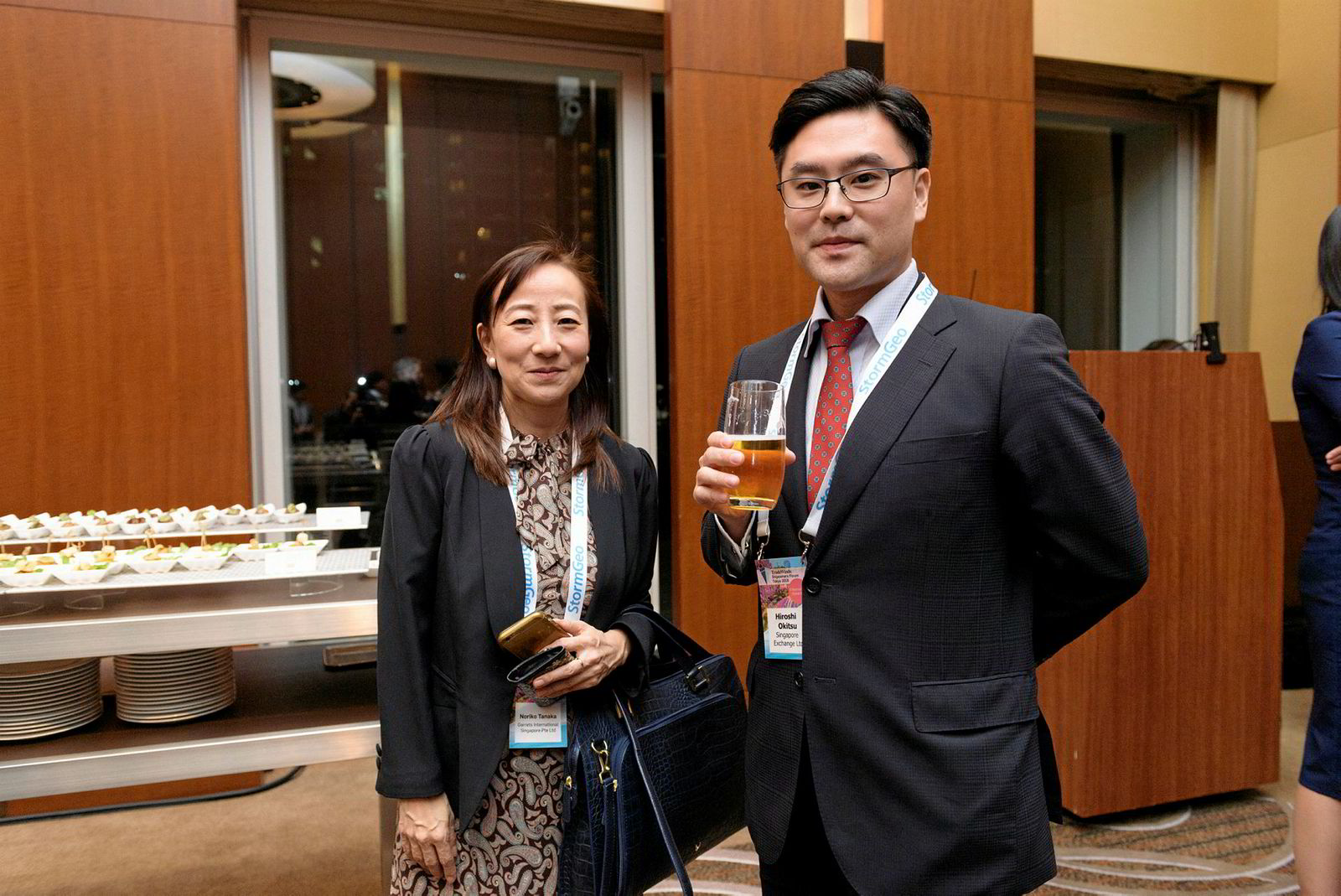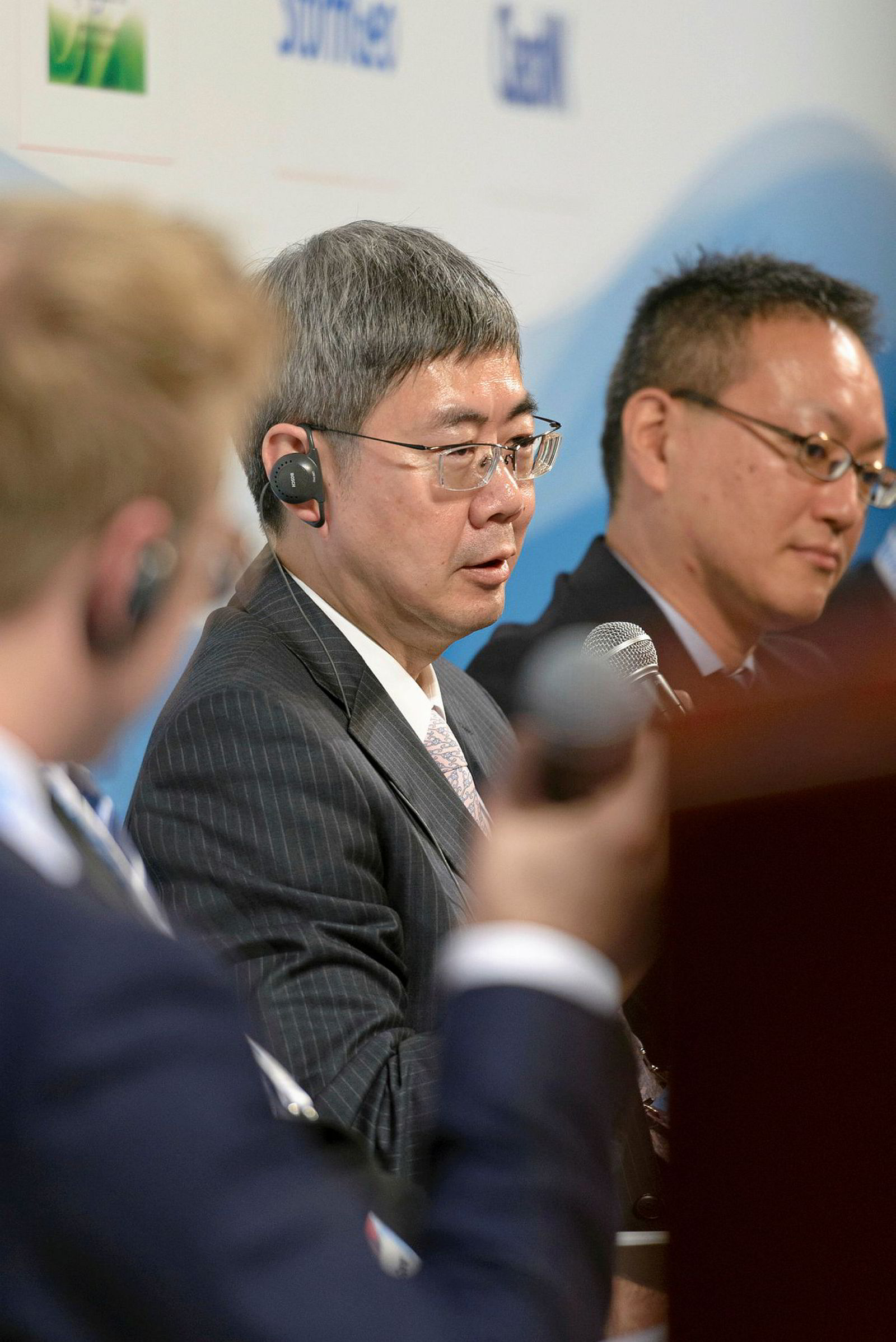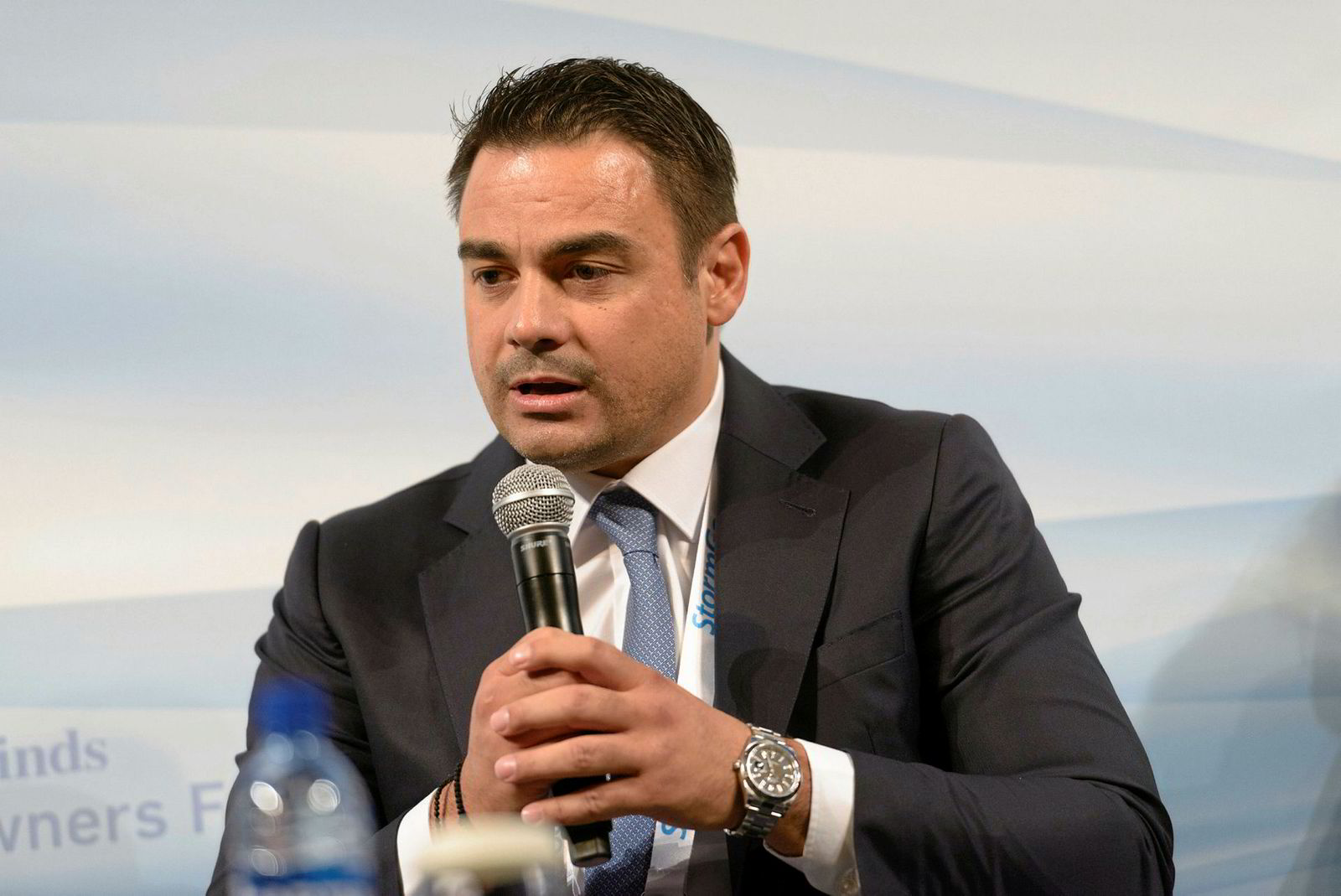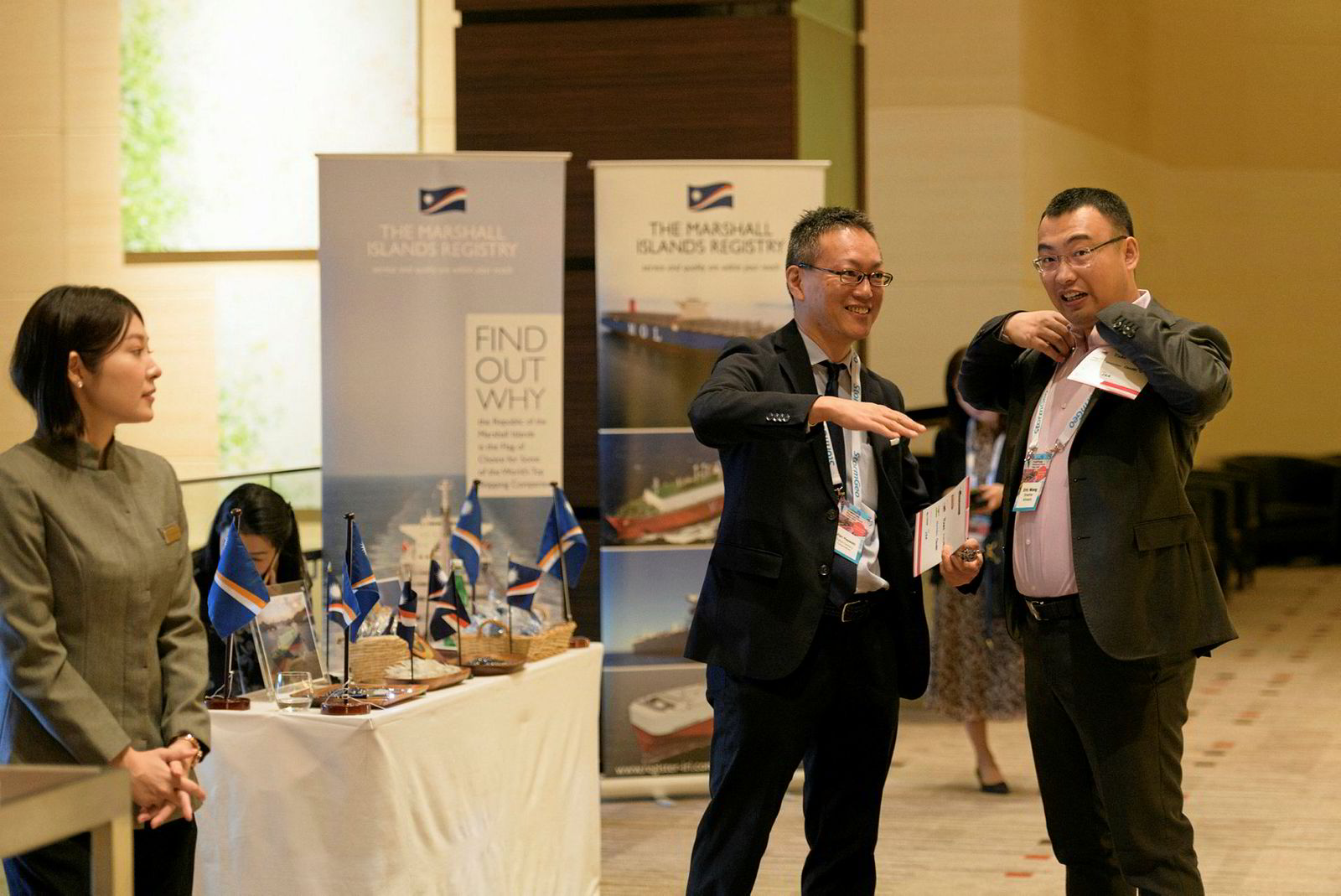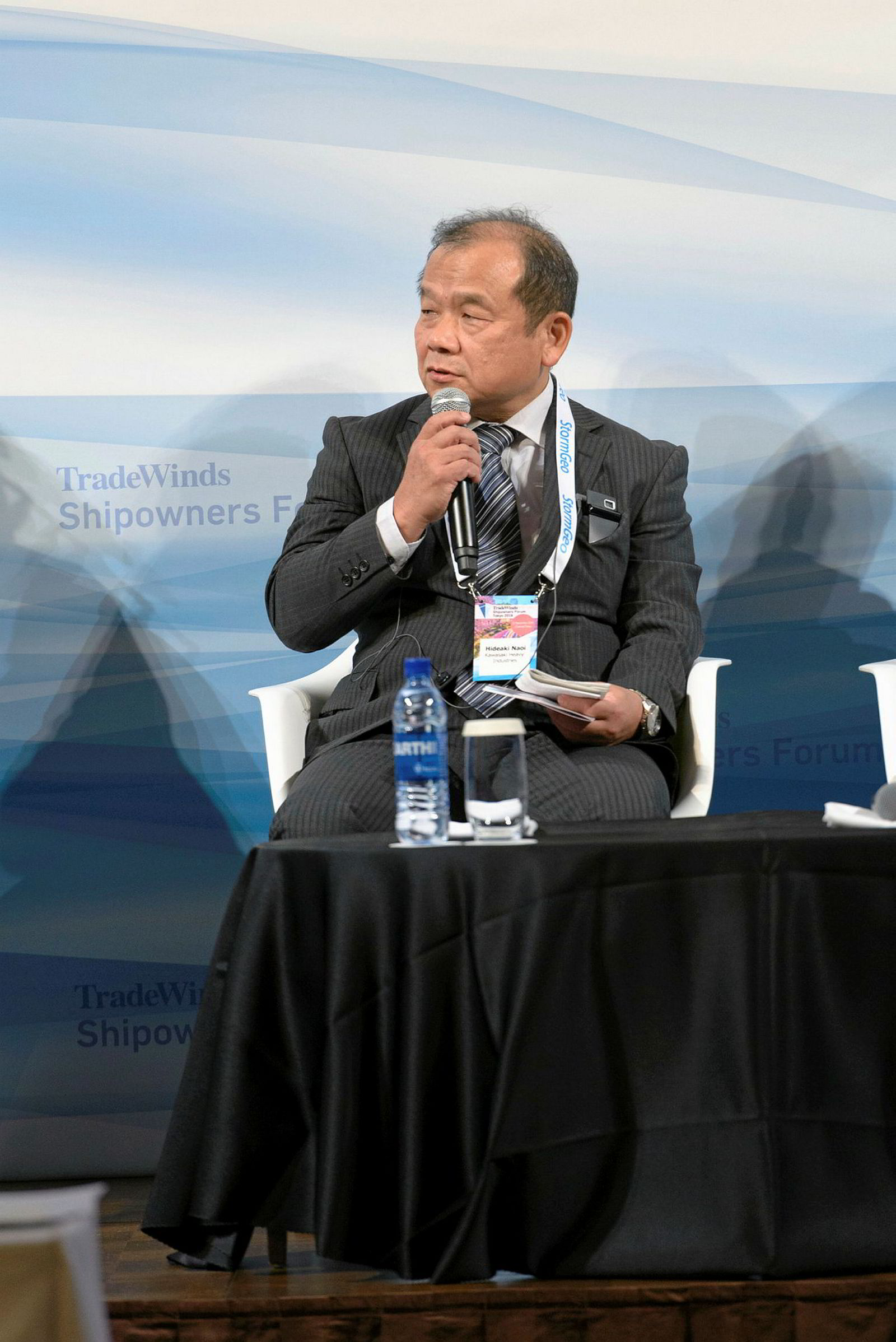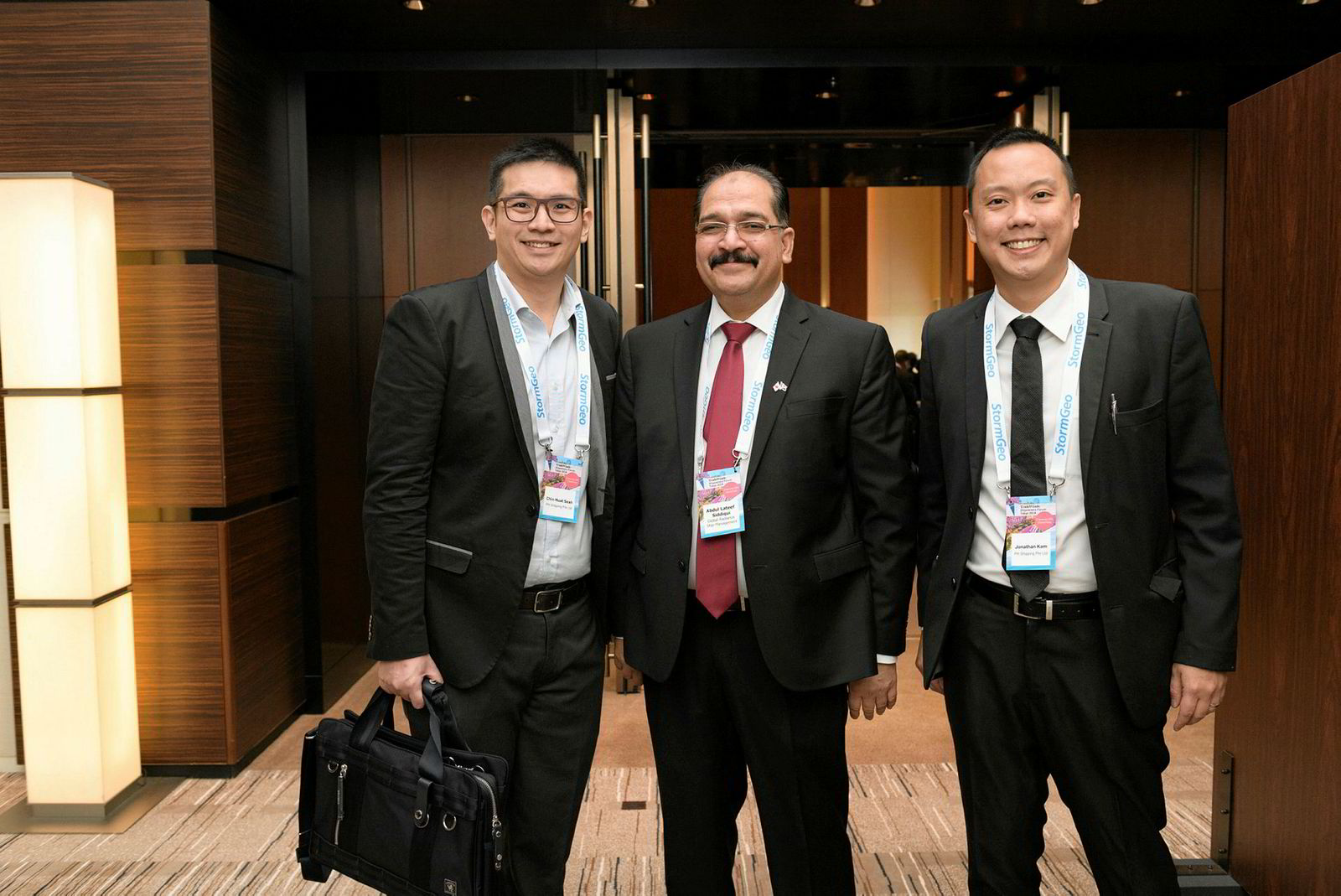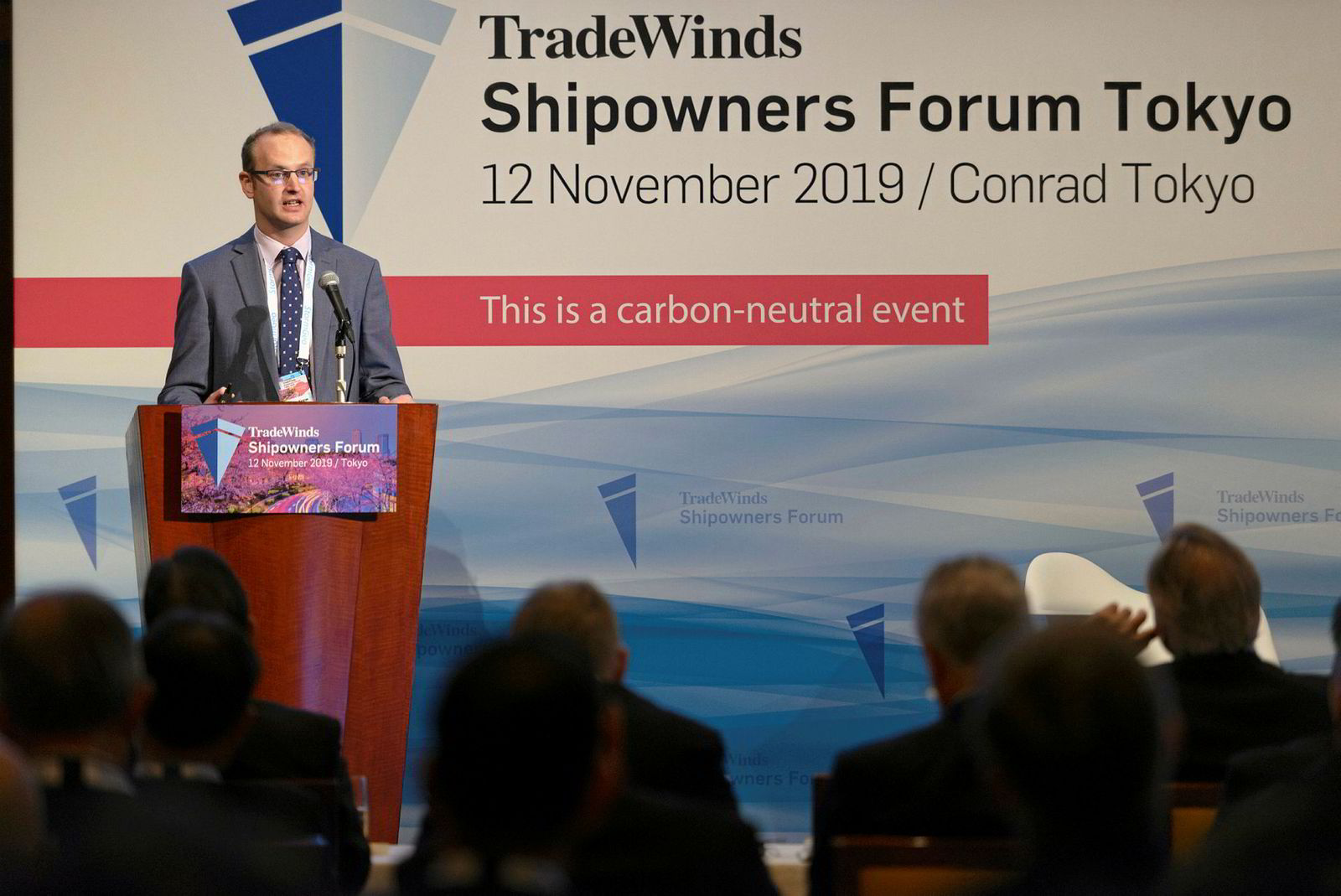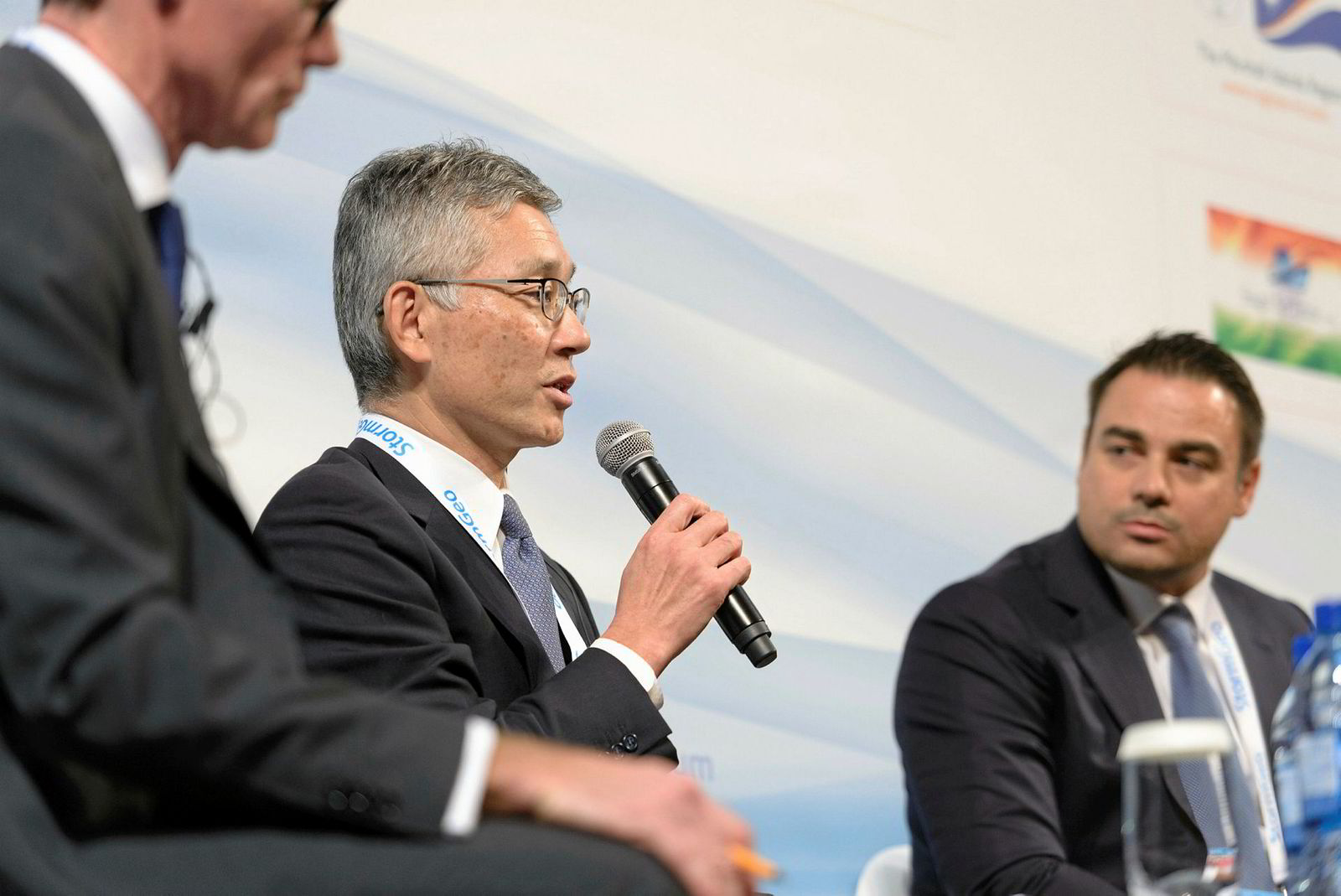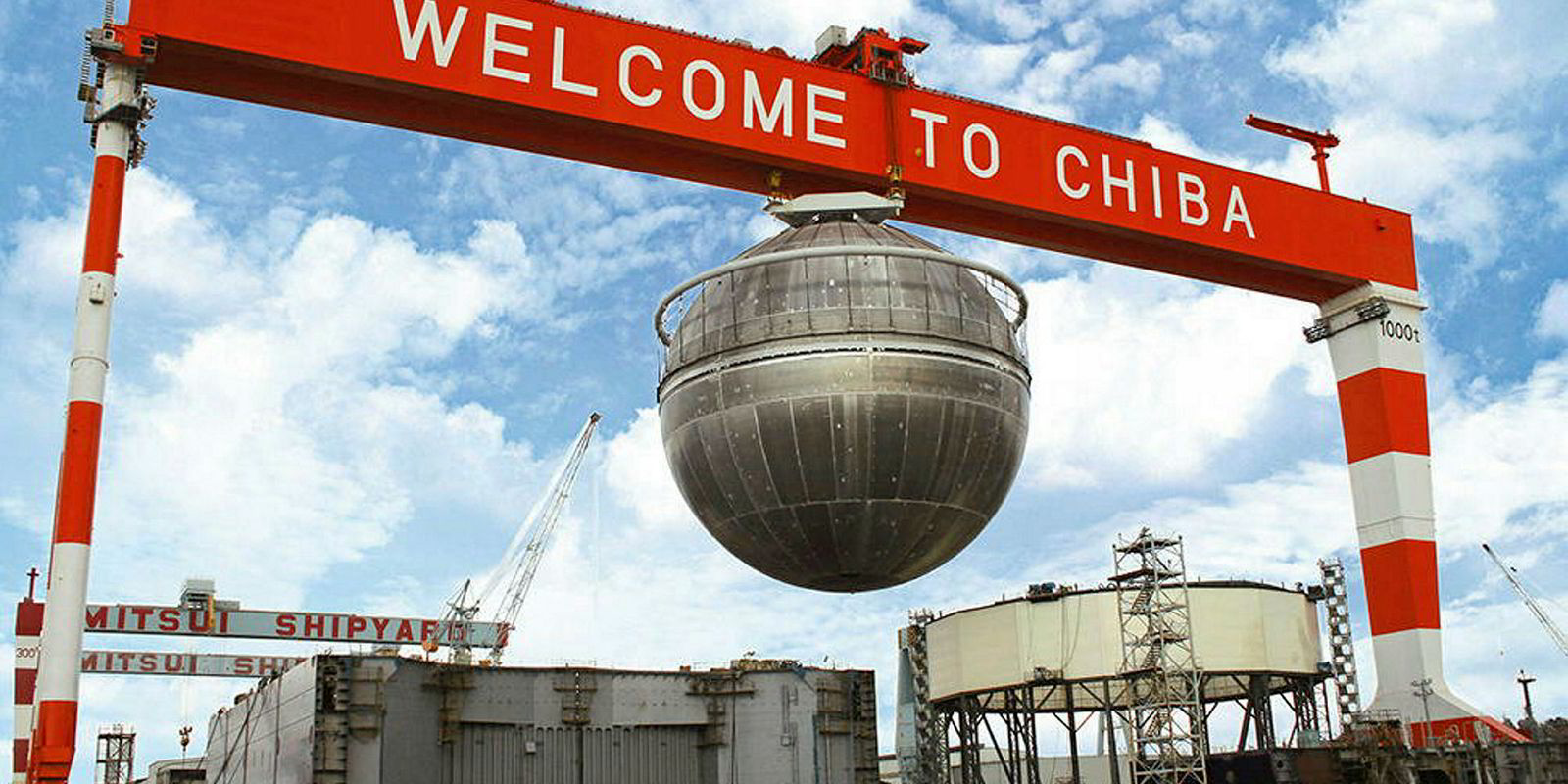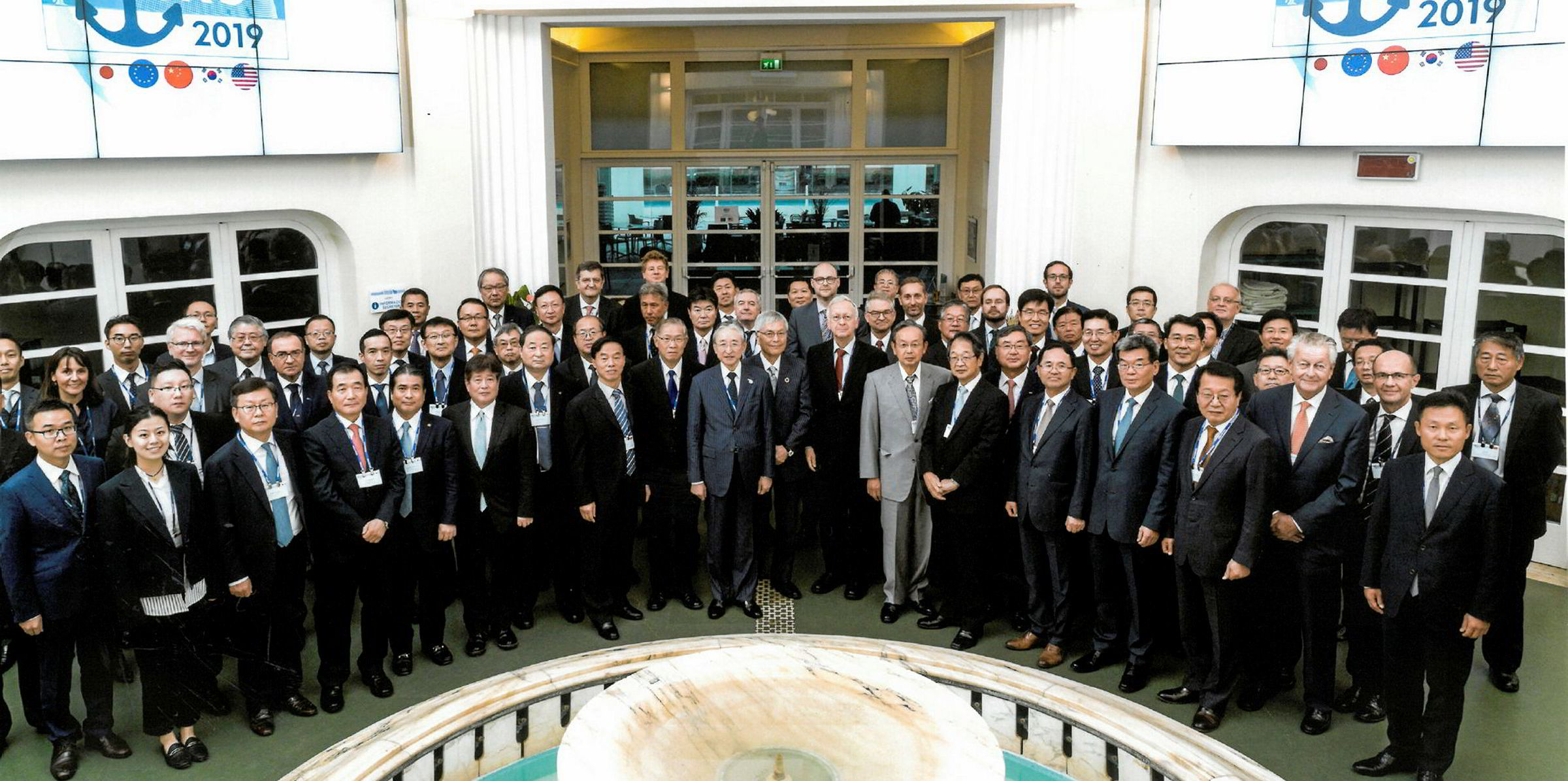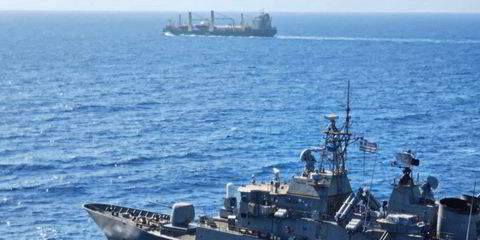Japan’s shipyards build the world’s best-quality vessels — this is a truth widely acknowledged and is reflected in the secondhand price premium they earn.
But high labour costs mean the nation's shipbuilders are pricing themselves out of the market, as the global orderbook shrinks to a level not seen for more than a decade.
Although it is not a new conundrum, Japan's yards are now reaching a critical tipping point, executives revealed at last week's TradeWinds Shipowners Forum in Tokyo.
But they appear no nearer to solving the problem.
The day before the event, Mitsui Engineering & Shipbuilding shocked the local market by announcing it was running down its iconic Chiba yard near Tokyo as orders dry up.
Backing from central government to enhance technology, such as the i-Shipping initiative, will help reinforce Japanese designs as world-leading, speakers agreed.
Yet there appeared little appetite to accelerate cost-saving mergers, despite the creation of new mega-rivals in South Korea and China via the consolidation of their biggest players into single, market-leading companies.
Meanwhile, Japan's major shipowners continue to streamline their once bloated operations.
NYK Line corporate officer Nobuhiro Kashima reaffirmed the company's aim to reshape its large dry bulk division as an "asset-light" owner, relying on more chartered tonnage to cover cargo demands rather than its own steel.
Banks look outside Japan
Japan's regional banks see lending to overseas shipowners as a potential growth area, offering them higher yields for their huge capital reserves, which are currently being squeezed by Japan's negative interest rate environment.
But both Yoshiaki Yoshizaki from Hiroshima Bank and Iyo Bank’s Yuya Wakimoto saw hurdles for shipowners that lack the corporate transparency needed to meet the strict credit criteria of Japanese banks.


